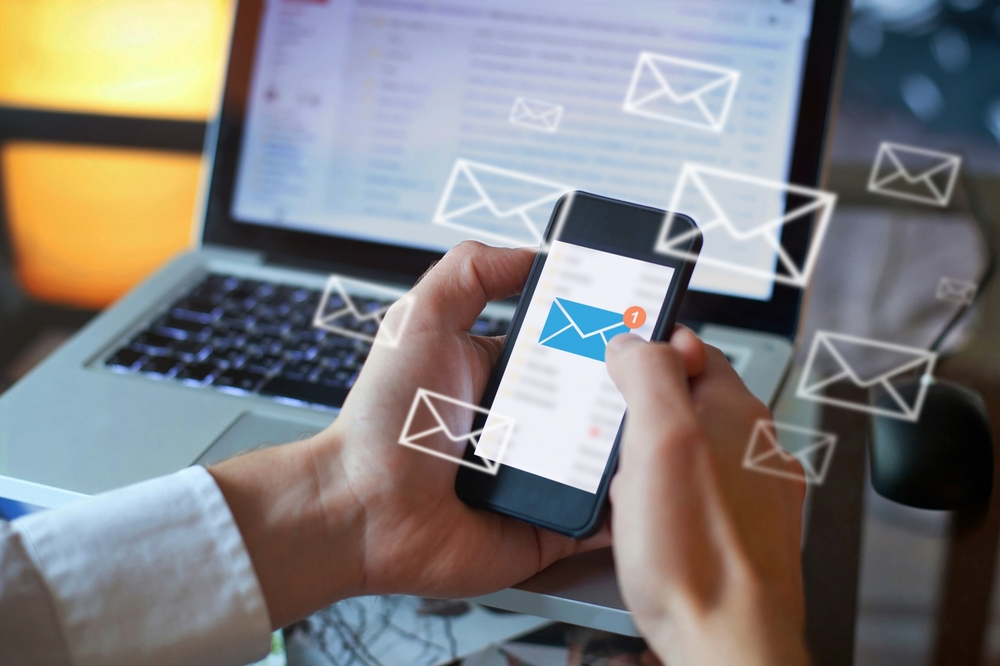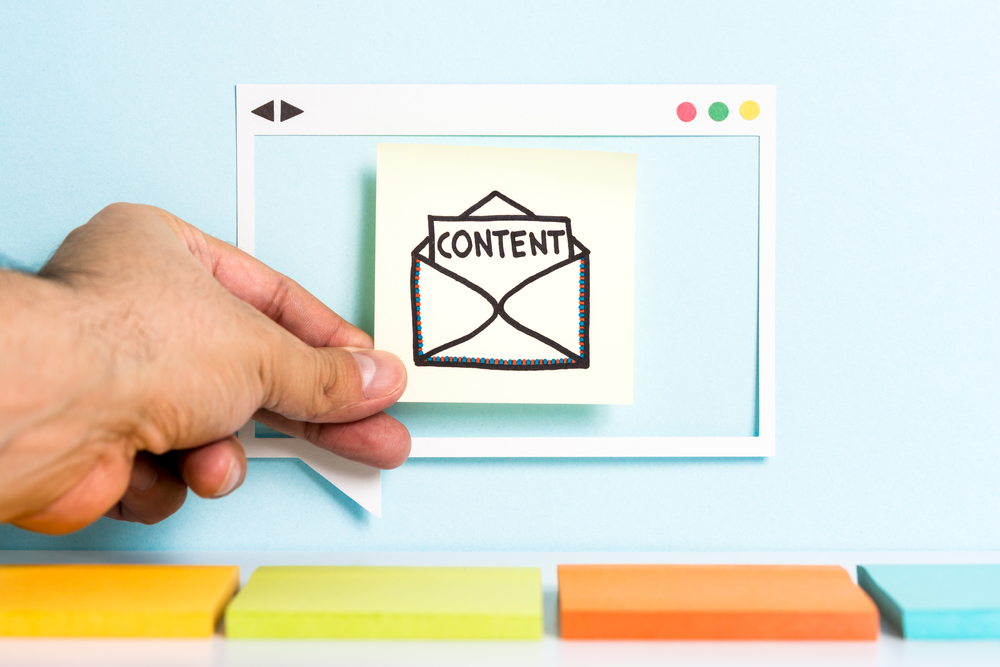Email marketing remains one of the most effective ways to connect with your audience, promote your products, and drive conversions. However, to succeed, you need a well-thought-out strategy. In this article, we will explore eleven best practices for running successful email marketing campaigns.
Build a Quality Email List
Building a high-quality email list is the foundation of any successful email marketing campaign. Focus on organic growth by using signup forms on your website, social media, and during in-person events. Offer incentives like exclusive content, discounts, or free trials to encourage signups. Avoid purchasing email lists, as they often contain unengaged or irrelevant contacts that can harm your campaign’s performance and reputation.

Segment Your Audience
Segmentation involves dividing your email list into smaller, targeted groups based on specific criteria such as demographics, purchase history, or engagement levels. This allows you to send more personalized and relevant content to each segment. For example, new subscribers might receive a welcome series, while loyal customers could get special promotions. Segmentation helps increase open rates, click-through rates, and overall engagement.
Craft Compelling Subject Lines
The subject line is the first thing recipients see and significantly impacts whether they open your email. Craft compelling subject lines that are concise, clear, and intriguing. Use personalization, such as including the recipient’s name, and create a sense of urgency or curiosity. Avoid spammy words and excessive punctuation, as these can trigger spam filters and reduce your open rates.
Create Engaging Content
Your email content should be valuable, relevant, and engaging to your audience. Mix up your content types, including educational articles, promotional offers, and company updates. Use a conversational tone and keep your message concise. Include strong calls-to-action (CTAs) that guide your recipients on what to do next, whether it’s visiting your website, making a purchase, or sharing your content.

Optimize for Mobile Devices
With a significant portion of emails being opened on mobile devices, it’s essential to optimize your emails for mobile users. Use a responsive email design that adjusts to different screen sizes. Keep your subject lines short and your content scannable. Use large, tappable buttons for CTAs, and ensure images and other media load quickly and correctly on mobile devices.
Personalize Your Emails
Personalization goes beyond using the recipient’s name. Use data to tailor your emails based on past behaviors, preferences, and interactions. Personalized emails can include product recommendations based on previous purchases, birthday offers, or content that aligns with the recipient’s interests. This level of personalization makes your emails more relevant and engaging, increasing the likelihood of conversion.
Test and Analyze Your Campaigns
A/B testing is a powerful tool to understand what works best for your audience. Test different elements of your emails, such as subject lines, content, images, and CTAs. Analyze the results to see which versions perform better and use these insights to refine your future campaigns. Regularly reviewing your email analytics helps you track key metrics like open rates, click-through rates, and conversions, allowing you to continuously improve your strategy.

Ensure Compliance with Regulations
Email marketing is subject to various regulations, such as the CAN-SPAM Act in the US and GDPR in the EU. Ensure your campaigns comply with these laws by including an easy way for recipients to unsubscribe, providing a physical address, and obtaining explicit consent before sending emails. Compliance not only keeps you within legal boundaries but also builds trust with your audience.
Clean Your Email List Regularly
Regularly clean your email list to remove inactive or unengaged subscribers. Use engagement metrics to identify contacts who haven’t opened or clicked on your emails in a while. Send re-engagement campaigns to win them back or remove them from your list. Keeping your list clean helps maintain high deliverability rates and ensures you’re communicating with an interested audience.
Automate Your Email Campaigns
Email automation can save time and increase efficiency by sending targeted messages based on specific triggers or actions. Set up automated workflows for welcome emails, abandoned cart reminders, post-purchase follow-ups, and more. Automation allows you to deliver timely, relevant content to your subscribers without manual intervention, enhancing the overall effectiveness of your campaigns.

Encourage Social Sharing
Encourage your email recipients to share your content on social media. Include social sharing buttons in your emails and create shareable content that resonates with your audience. Running referral programs or social media contests can also incentivize sharing. Expanding your reach through social sharing can attract new subscribers and amplify the impact of your email campaigns.
Conclusion
Effective email marketing requires a strategic approach and continuous refinement. By building a quality email list, segmenting your audience, and crafting compelling content, you can create campaigns that resonate with your subscribers. Optimize for mobile devices, personalize your emails, and regularly test and analyze your campaigns to improve performance. Ensure compliance with regulations, clean your list, and utilize automation to enhance efficiency. Encourage social sharing to expand your reach and drive better results. By following these best practices, you can run successful email marketing campaigns that engage your audience and achieve your business goals.

